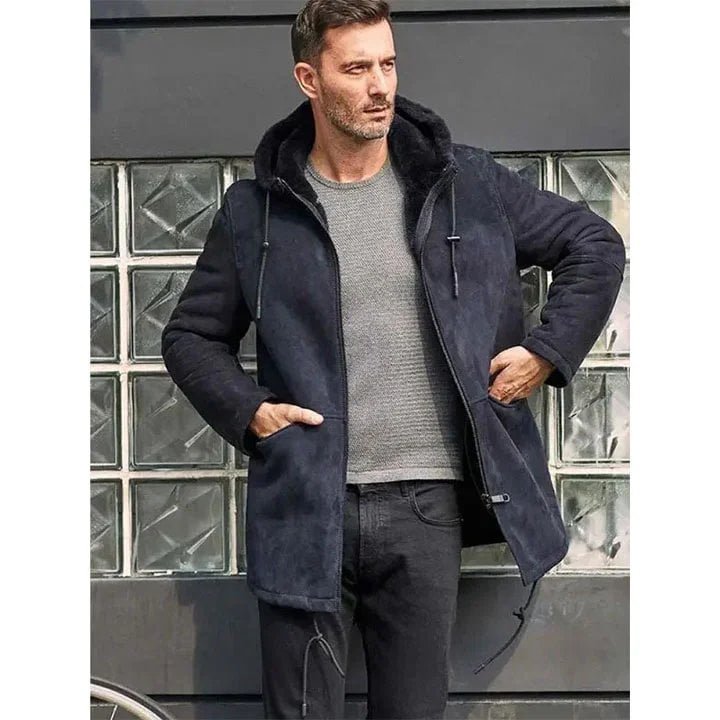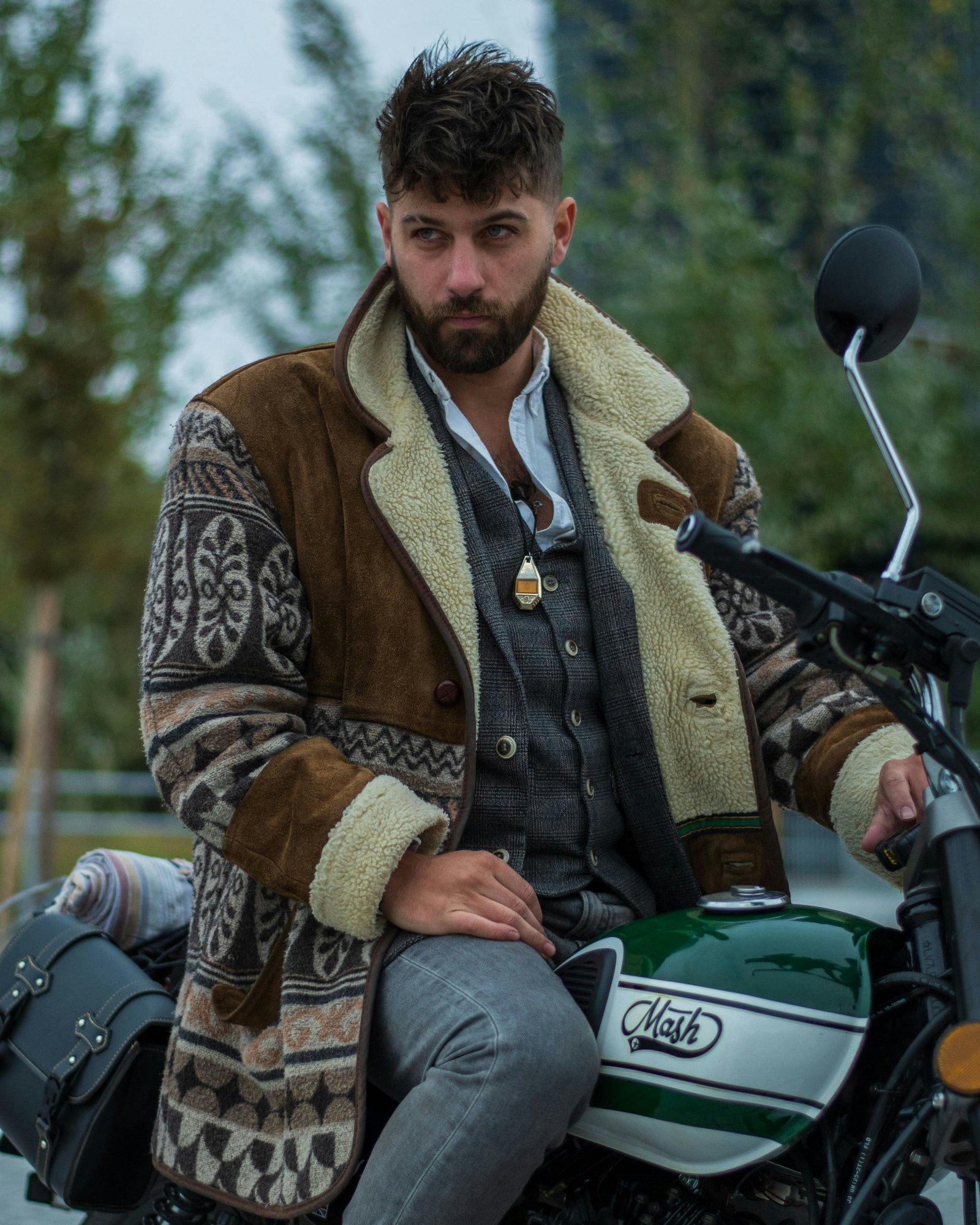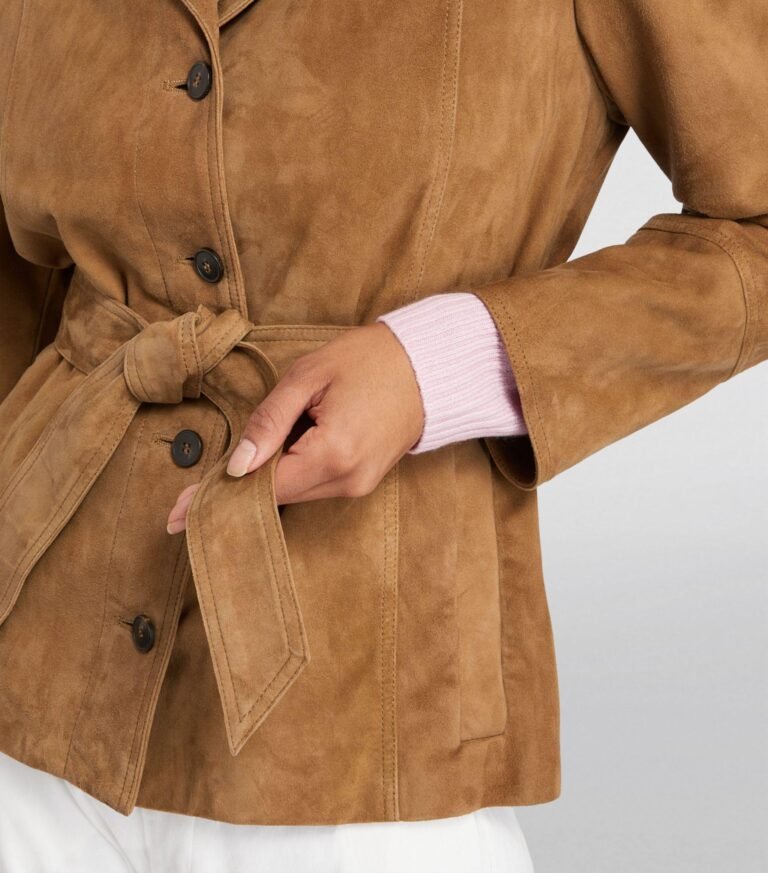The Ultimate Guide to Choosing and Caring for Your Shearling Winter Coat

Introduction to Shearling Winter Coats
Shearling winter coats are crafted from sheepskin or lambskin pelts that have been expertly tanned with the wool still intact. This distinctive material combines the rugged durability of leather with the plush softness and exceptional warmth of wool, making it a coveted choice for winter wear. The wool side of the shearling offers a luxurious, insulating layer, while the leather side provides wind resistance and a refined appearance, balancing functionality with style.
In recent years, shearling coats have seen a resurgence in popularity within the fashion industry. They are celebrated not only for their practical benefits but also for their timeless aesthetic appeal. The unique texture and natural properties of shearling make these coats versatile staples in any winter wardrobe, suitable for both casual and more sophisticated settings. Whether you are navigating city streets or enjoying a countryside retreat, a shearling coat offers unparalleled comfort and elegance.
This blog post aims to provide a comprehensive guide to choosing and caring for your shearling winter coat. We will delve into the various types of shearling coats available, factors to consider when purchasing one, and essential care tips to prolong the life of your investment. From understanding different styles and fits to learning about maintenance practices that ensure your coat remains in top condition, this guide is designed to equip you with all the knowledge you need to make an informed decision and enjoy your shearling coat for many winters to come.

History and Evolution of Shearling Coats
Shearling coats have a rich history that can be traced back to ancient civilizations. Initially, these garments were prized for their warmth and durability, making them essential for survival in harsh climates. Archaeological evidence suggests that early humans used shearling, the pelt of a sheep or lamb with the wool still attached, as one of the first materials for clothing. Ancient cultures, from the nomadic tribes of Central Asia to the early inhabitants of Europe, utilized shearling coats to protect themselves against the elements.
Throughout the centuries, shearling coats became synonymous with ruggedness and practicality. The Greeks and Romans were known to use shearling for their soldiers’ attire, taking advantage of its insulating properties. In the medieval period, shearling continued to be a practical choice for the European peasantry and nobility alike. The material’s ability to retain warmth while remaining breathable made it an invaluable resource in a time when synthetic fabrics were non-existent.
Shearling coats took on a new level of significance during the 20th century, particularly during World War II. The military adopted shearling jackets, most notably the iconic B-3 bomber jacket, for their airmen. These jackets provided essential warmth at high altitudes and became a symbol of resilience and bravery. After the war, surplus military shearling jackets flooded the civilian market, and their rugged style quickly caught on with the public.
In the post-war years, shearling coats transitioned from utilitarian gear to high fashion. The 1960s and 70s saw shearling embraced by fashion icons and celebrities, cementing its place in popular culture. Designers began to experiment with shearling, incorporating it into a variety of styles and silhouettes. From the bohemian chic of the 1970s to the sleek, modern designs of today, shearling coats have evolved to become a timeless fashion staple, beloved for their versatility and enduring appeal.

Benefits of Owning a Shearling Coat
Shearling coats offer a multitude of benefits that make them a highly desirable choice for winter wear. One of the most prominent advantages is their exceptional warmth. Shearling, derived from sheepskin, naturally retains heat, providing superior insulation compared to synthetic materials. This makes shearling coats an excellent option for enduring extreme cold weather, ensuring comfort and protection from harsh elements.
In addition to warmth, shearling coats are renowned for their breathability. The wool fibers in shearling allow air to circulate, preventing overheating and ensuring that the wearer remains comfortable even when temperatures fluctuate. This breathability also contributes to the coat’s moisture-wicking properties, effectively drawing sweat away from the body and keeping the wearer dry. These features combine to create an ideal microclimate, enhancing overall comfort.
Another significant benefit of shearling coats is their durability. Shearling is a robust and resilient material that can withstand daily wear and tear, making it a long-lasting investment. When properly cared for, a shearling coat can maintain its appearance and functionality for many years, often outlasting coats made from other materials. This durability translates to cost-effectiveness, as the need for frequent replacements is minimized.
The natural insulation properties of shearling also play a crucial role in its appeal. Unlike synthetic fibers, which can lose their insulating ability over time, shearling maintains its effectiveness, providing consistent warmth season after season. This reliability is particularly valuable for those who face prolonged exposure to cold weather or engage in outdoor activities during winter months.
In summary, owning a shearling coat brings numerous advantages, from exceptional warmth and breathability to moisture-wicking properties and unmatched durability. These qualities not only ensure comfort and protection in extreme cold but also make shearling coats a wise and long-lasting investment for any winter wardrobe.



